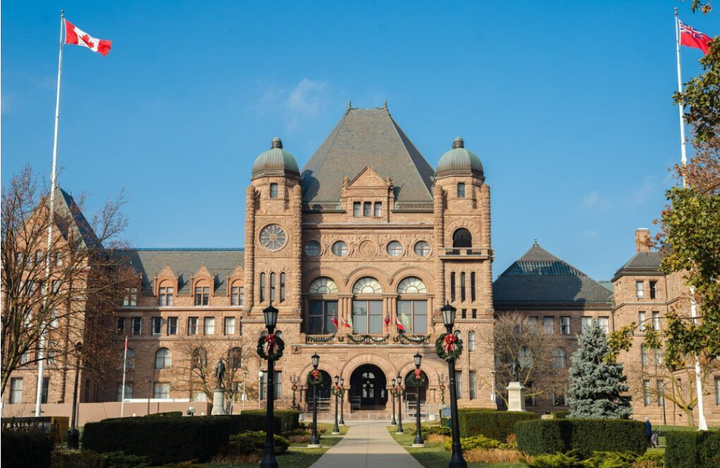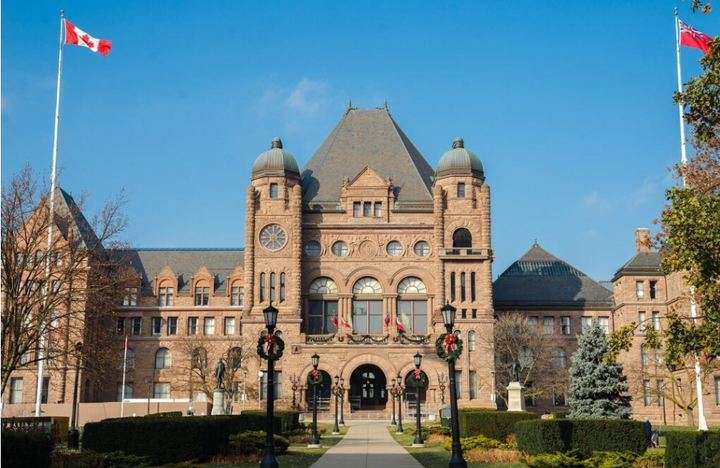Ontario and Alberta Working Together to Build New Energy and Trade Infrastructure

Provinces sign agreements to get Ontario’s critical minerals and Western Canada’s oil and gas to new markets
Today, Ontario Premier Doug Ford and Alberta Premier Danielle Smith signed two Memorandums of Understanding (MOUs) to support Canadian workers by building new pipelines, rail lines and other energy and trade infrastructure that will diversify Canada’s trading partners by unlocking new markets for Ontario’s critical minerals and Western Canada’s oil and gas. Built using Ontario steel, new pipelines will connect western Canadian oil and gas to new and existing refineries in southern Ontario and will expand export opportunities, including by way of a new James Bay deep-sea port in northern Ontario. New rail lines, also built using Ontario steel, will connect Ontario’s Ring of Fire region, critical mineral mining projects and processing facilities to western Canadian ports as Ontario builds an end-to-end critical minerals supply chain.
“In the face of President Trump’s tariffs and ongoing economic uncertainty, Canadians need to work together to build the infrastructure that will diversify our trading partners and end our dependence on the United States,” said Premier Ford. “By building pipelines, rail lines and the energy and trade infrastructure that connects our country, we will build a more competitive, more resilient and more self-reliant economy and country. Together, we are building the infrastructure we need to protect Canada, our workers, businesses and communities. Let’s build Canada.”
“Alberta and Ontario are joining forces to get shovels in the ground and resources to market,” said Premier Smith. “These MOUs are about building pipelines and boosting trade that connect Canadian energy and products to the world, while advocating for the right conditions to get it done. Government must get out of the way, partner with industry and support the projects this country needs to grow. I look forward to working with Premier Doug Ford to unleash the full potential of our economy and build the future people across Alberta and across the country have been waiting far too long for.”
To move these projects forward, Ontario and Alberta will soon launch a joint feasibility study to help determine the optimal route and endpoints for new economic and energy corridors, what financing or commercial tools may be necessary and how to best leverage home-grown supply chains to build these projects, including Ontario steel. As these projects advance, Ontario and Alberta will continue to fulfill their duty to consult with Indigenous communities.
As part of the MOUs, Ontario and Alberta agreed to advocate for a federal regulatory environment that encourages private-sector investments in new energy and trade infrastructure projects, as well as to cooperate to advance the development of nuclear energy, including sharing of technologies and expertise in small-modular and large-scale reactors to support new nuclear facilities in Alberta and Ontario to meet growing needs of the electricity grid and industrial energy needs for power and steam. Ontario and Alberta also agreed to support the prioritization of made-in-Canada vehicles for the Alberta government’s fleet of vehicles and to support the increased presence of Alberta beer, wine, liquor and other alcoholic beverages on Ontario store shelves. These measures build on the MOU that was signed between Ontario and Alberta on June 1, 2025 in Saskatoon, with the aim of tearing down trade barriers between the two provinces.
Since April 2025, Ontario has signed agreements supporting the removal of interprovincial trade barriers with six provinces. Ontario also passed the Protect Ontario Through Free Trade Within Canada Act, which received royal assent on June 5, 2025, and was the first jurisdiction in Canada to eliminate all of its party-specific exceptions under the Canadian Free Trade Agreement. With this new legislation and growing number of signed MOUs, Ontario is leading the country in expanding the trade of goods and services across Canadian jurisdictions, cutting the unnecessary red tape holding back Canadian businesses and opening new pathways for the movement of qualified, in-demand workers throughout the country.
Two-way trade in goods and services between Ontario and other provinces and territories was valued at more than $326 billion in 2023. The Ontario government will continue to work with its federal, provincial and territorial partners through the Canadian Free Trade Agreement and other trade-enhancing initiatives to advance interprovincial trade across Canada.



